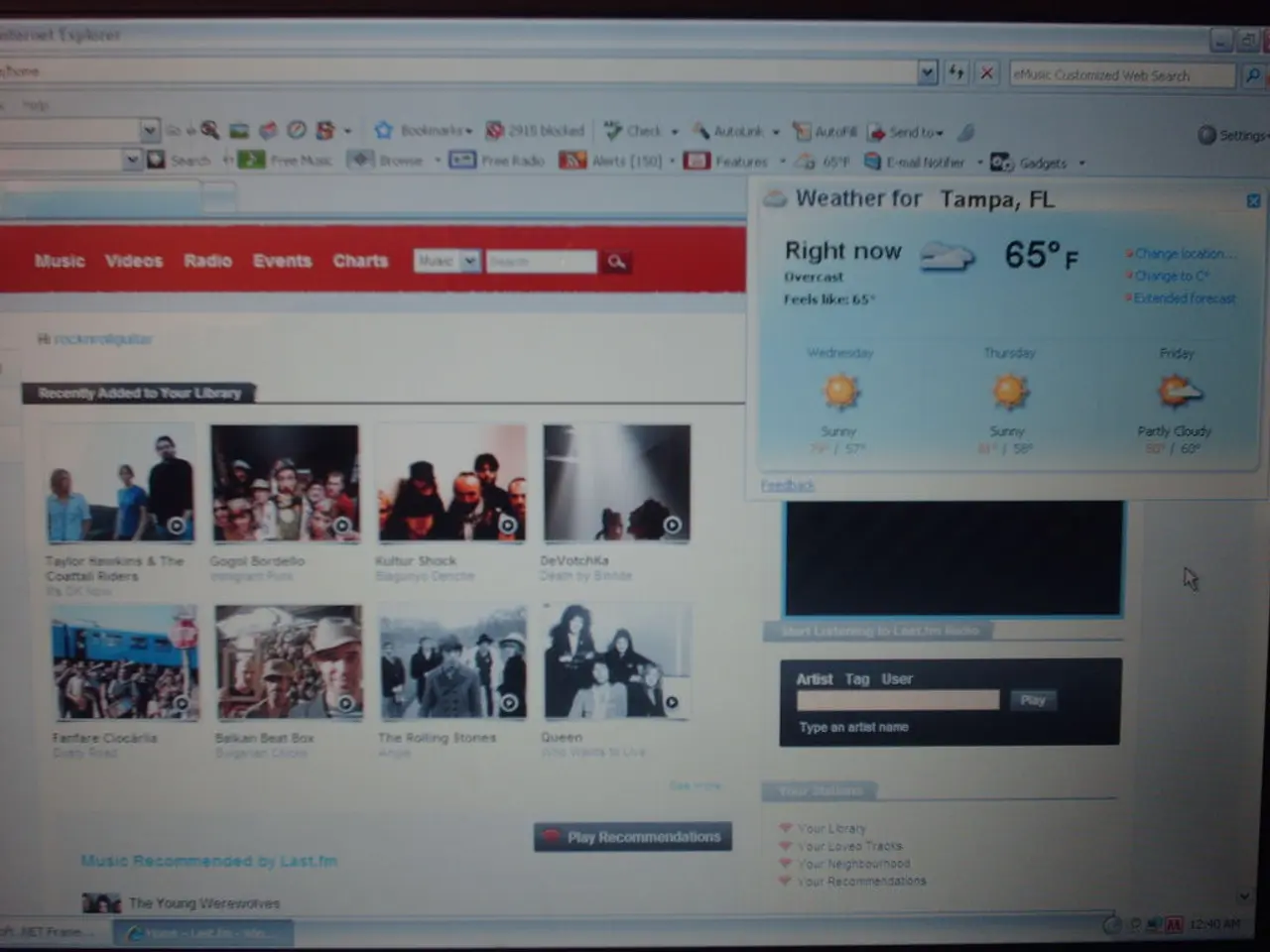Graphic Representation: The Progression of Business-Oriented Text-to-Video Technology
In the realm of artificial intelligence, the past few years have witnessed significant advancements in text-to-video models. A comprehensive timeline diagram, spanning from 2022 to 2024, has been crafted to illustrate this evolution, highlighting the emergence of commercially viable models and their growing industry adoption.
One such model that has captured attention is Sora, a text-to-video model that is considered a leap due to its potential to function as a "world simulator." The Microsoft Research paper "Sora: A Review on Background, Technology, Limitations, and Opportunities of Large Vision Models" delves into the details of Sora, discussing its capabilities and implications.
From 2022 to 2024, text-to-video models have evolved significantly in terms of realism, complexity, and applications. Key recent developments include the rise of models capable of generating multi-minute, high-fidelity video clips with complex camera movements and nuanced character interactions from simple text prompts or static images. Sora showcases these capabilities, enabling rapid scene pre-visualization and prototyping for film production, potentially reducing costs and production time traditionally required for animation and visual effects.
During this period, there has been a surge in commercial agreements between AI developers and content providers to license data for training such models. For instance, the AI company Perplexity secured agreements with 11 different content providers simultaneously in December 2024, reflecting the growing commercial interest and infrastructure around these technologies.
Potential applications of text-to-video technologies centre primarily on the entertainment industry, particularly film pre-visualization—allowing directors and producers to generate and test sequences early in production without physical sets or actors. This technology is also poised to impact gaming content creation, streaming, and possibly marketing by enabling faster, AI-driven video content generation.
However, ethical considerations have accompanied these advancements. The increasing number of commercial licensing deals from 2022 to 2024 has emphasized intellectual property rights and copyright challenges. Despite efforts to ensure legal access to copyrighted content used for AI training, confidentiality clauses can obscure agreement details, and there remain unresolved challenges around fair use, data transparency, and model accountability.
In summary, from 2022 to 2024, text-to-video AI has moved from early experimental stages to commercially viable models with growing industry adoption, fueled by strategic license agreements. The main applications focus on media production efficiency and storytelling innovation, while ethical frameworks evolve to address copyright and use-rights in AI training data.
The author of the Microsoft Research paper invites thoughts on the direction of text-to-video technology and intends to keep the timeline diagram updated as the field continues to evolve. It is clear that the evolution of text-to-video models is not expected to stop anytime soon, and Sora represents a significant advancement in this field.
The development of Computer Vision (CV) research works, including Generative Adversarial Networks (GANs), transformer architecture, and diffusion models, has played a role in the evolution of text-to-video models. The timeline diagram was created while preparing a presentation on Sora, underscoring its significance in the current landscape of text-to-video AI.
Artificial intelligence, specifically text-to-video models like Sora, have witnessed remarkable advancements from 2022 to 2024, with capabilities extending to rapid scene pre-visualization for film production and potential impact on gaming content creation, streaming, and marketing. Meanwhile, the development of artificial intelligence is not without ethical considerations, as intellectual property rights and copyright challenges have emerged with the growing commercial interest in these technologies.




